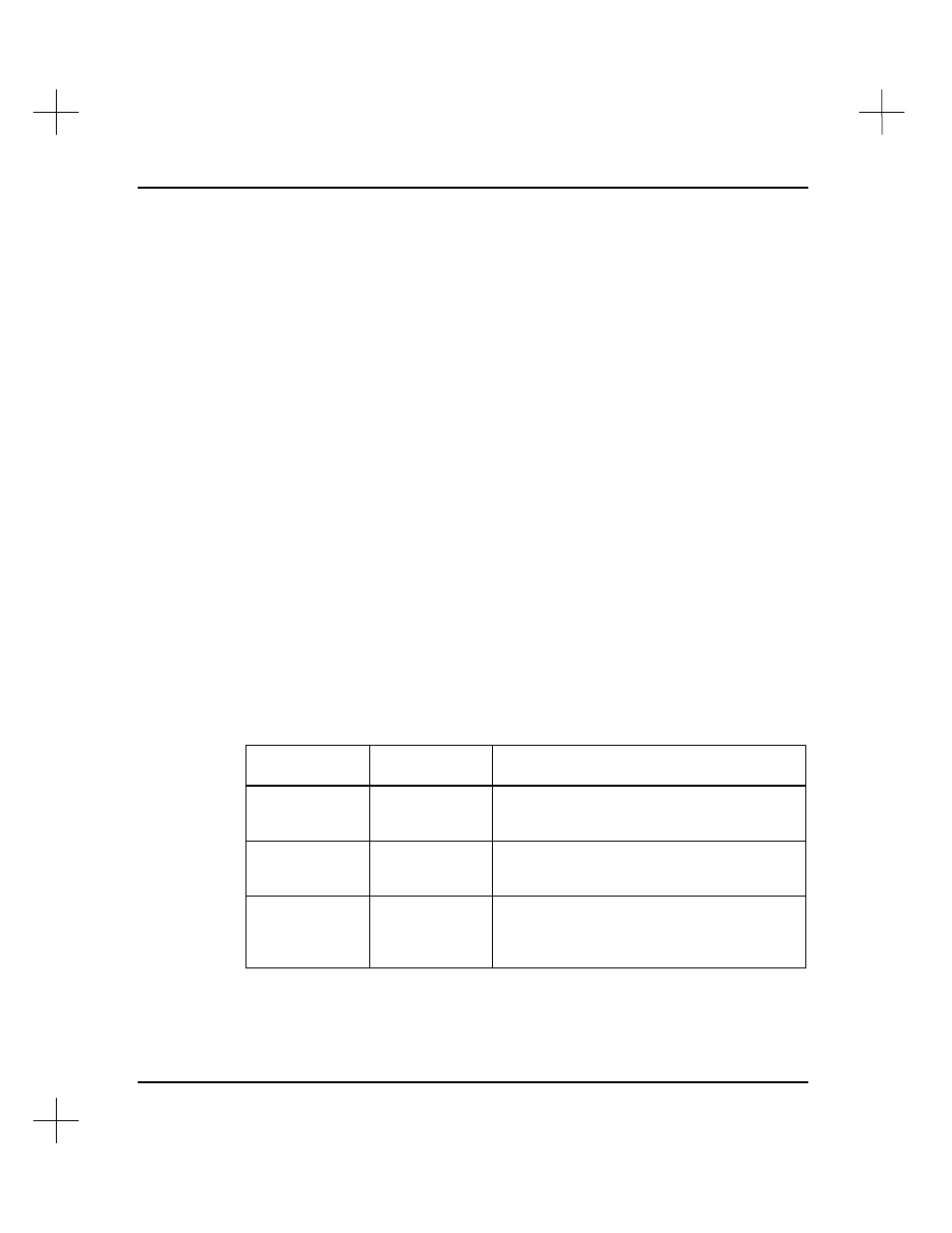Search and replace addresses and instructions – Rockwell Automation 9323-S5500D A.I. SERIES MICROLOGIX 1000 AND PLC-500 SOFTW User Manual
Page 232

MicroLogix 1000 and PLC-500 A.I. Series Software Reference
10-14
Search and Replace Addresses and Instructions
Search and Replace allows you to replace an address or range of addresses with another
address or range of addresses. You can use search parameters to limit the search to a
particular instruction type and address combination. All search parameters (e.g., wrap,
global/local, etc.) affect a search and replace operation.
Indirect addresses (SLC 5/03 OS302 and SLC 5/04 OS401 only) may be used to specify
the search address, but the operation will only be performed on indirect addresses
within the program. For example, if you search for N7:[N14:9] and the value in N14:9
is 10, occurrences of N7:[N14:9] in the program will be replaced, but not occurrences
of N7:10. The replace operation may occur on indirect components of addresses in the
program even if neither the search nor the replace address are specified as indirect. For
example, if you are replacing N7:0 with R6:2.POS and the address F8:[N7:0] appears
in the program, it will be replaced with F8:[R6:2.POS].
The wildcard characters “*” and “?” are supported in search and replace operations.
Use the “*” character to replace a complete address component, or the “?” character to
replace just one character of an address component. (Each question mark represents
one digit of the address.) Wildcard characters must be specified in the same position of
both the search and replace address. See the examples below.
Here are some examples of wildcard search specifications:
If you search for
this address
and replace with
this address
then
T4:*
T15:*
Every address in data table file T4 is replaced
with T15. If T15 does not exist, the system
creates it.
I:02/*
or
I:02
I:24/*
or
I:24
Every bit address in I:02 is replaced with the
corresponding bit in I:24. If I:24 does not exist,
it is created.
N10:1??
N11:2??
Each address from N10:100 to N10:199 is
replaced with the corresponding address in
N11:200 to N11:299. If N11 does not exist, the
system creates it.